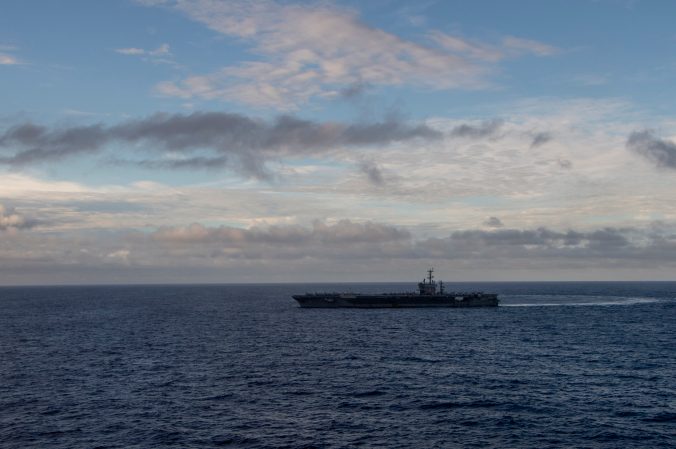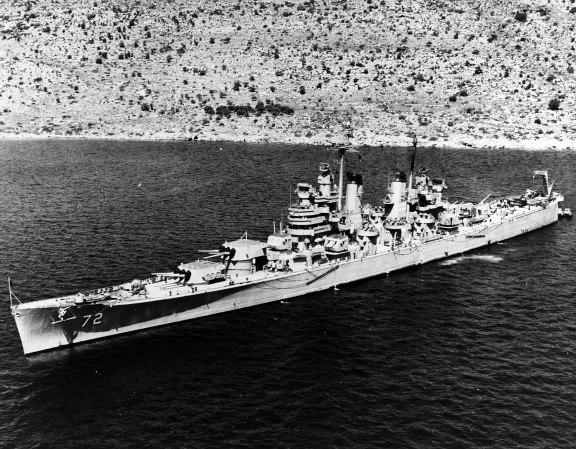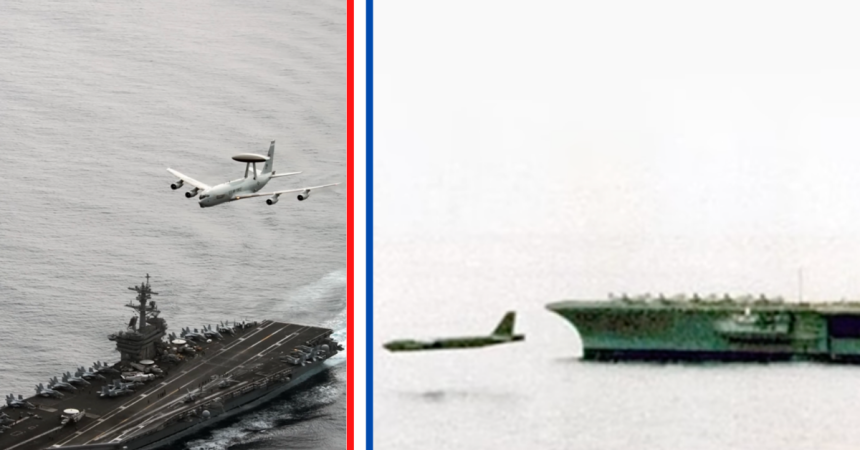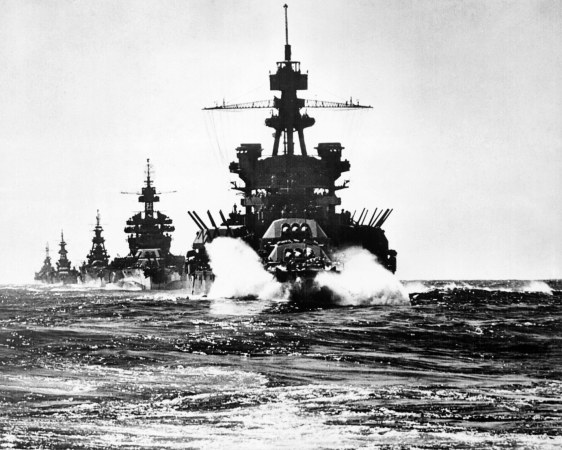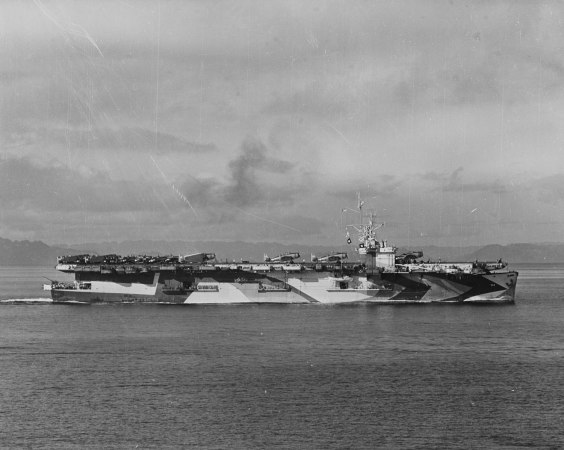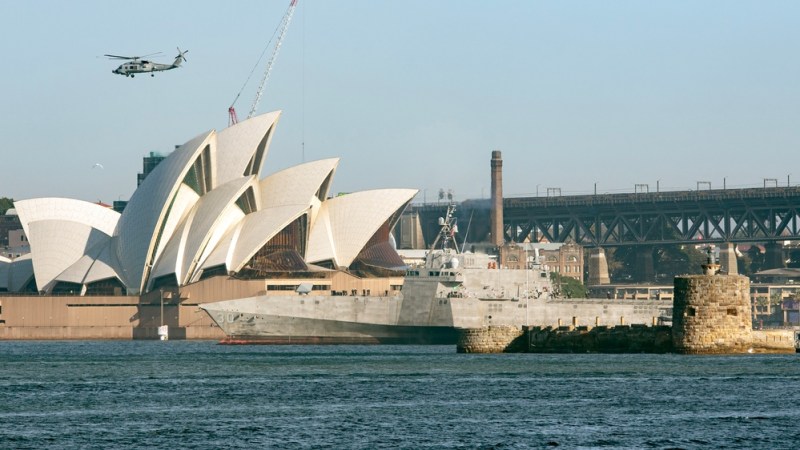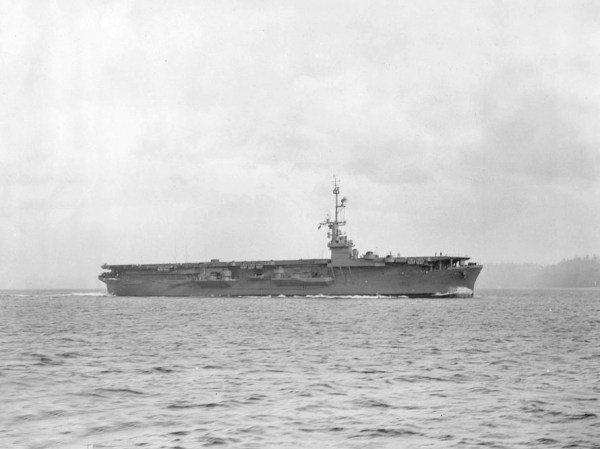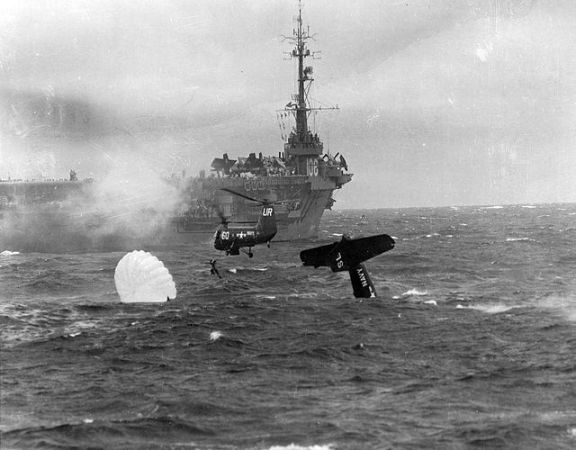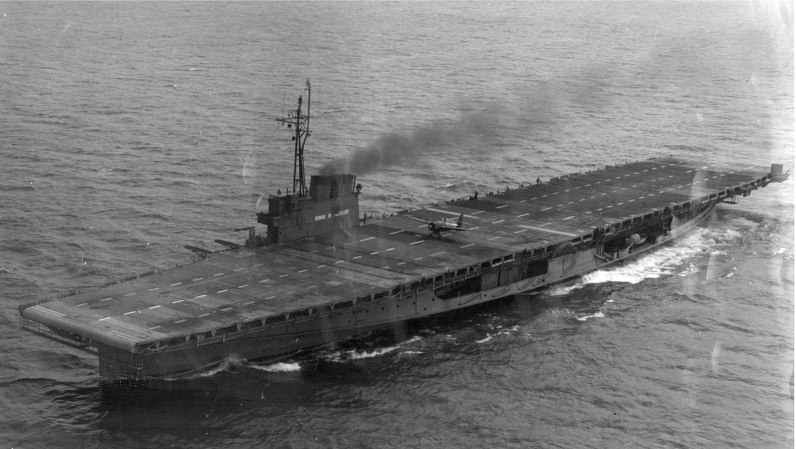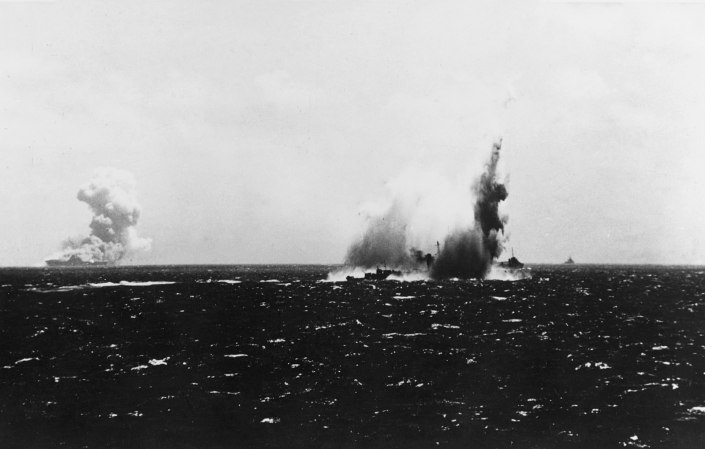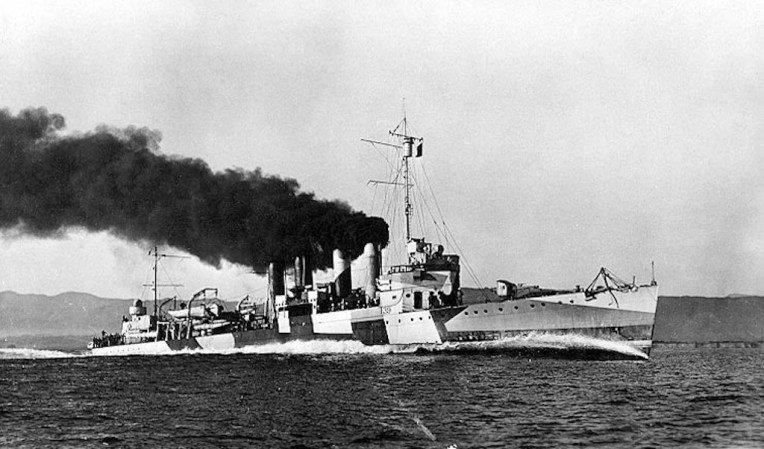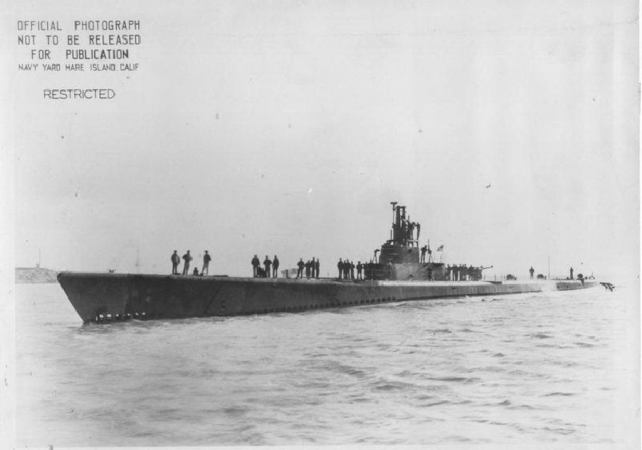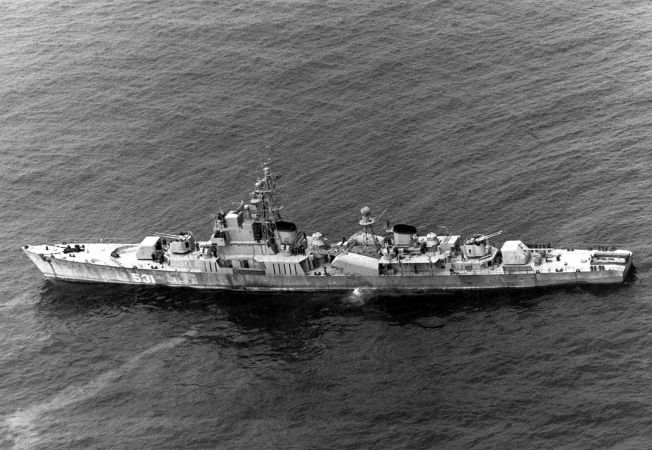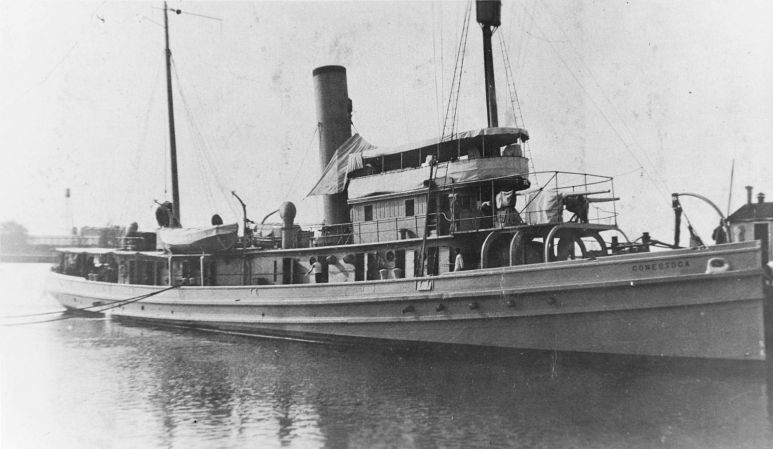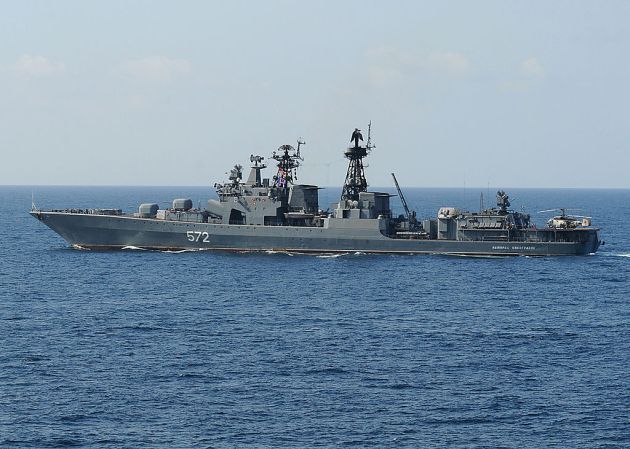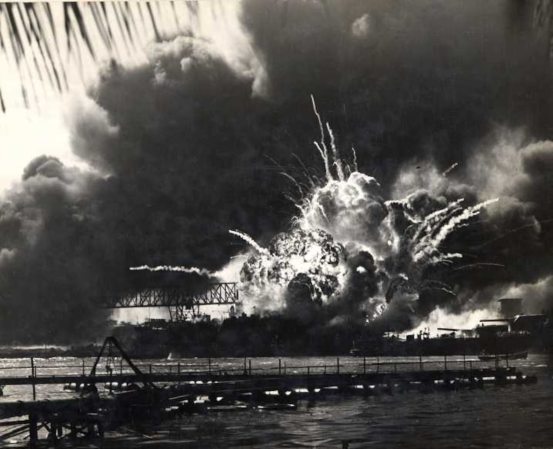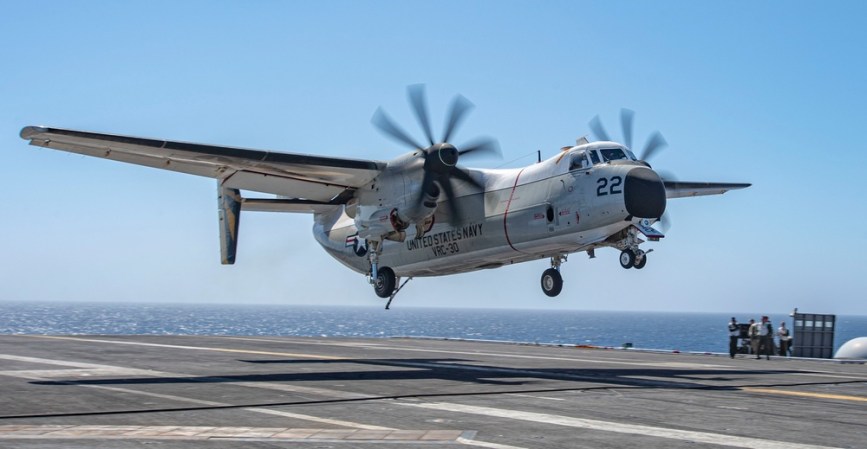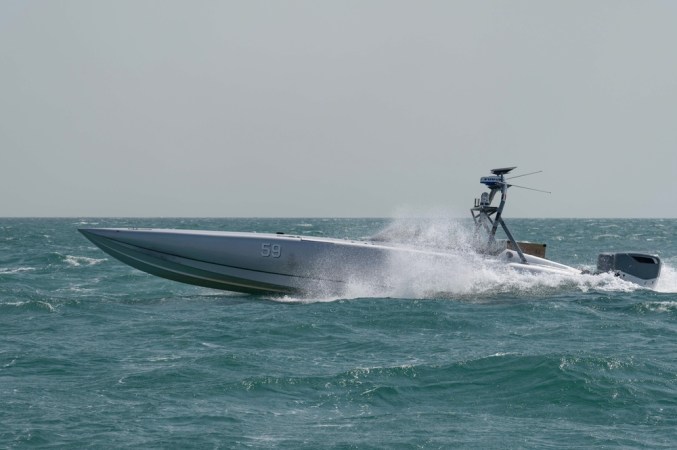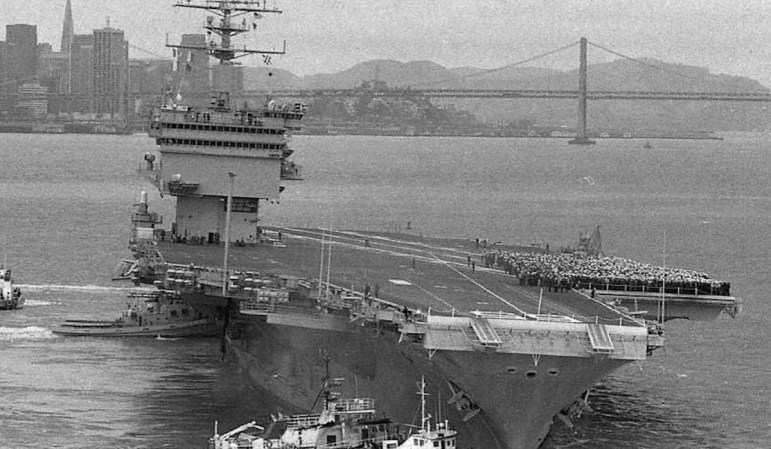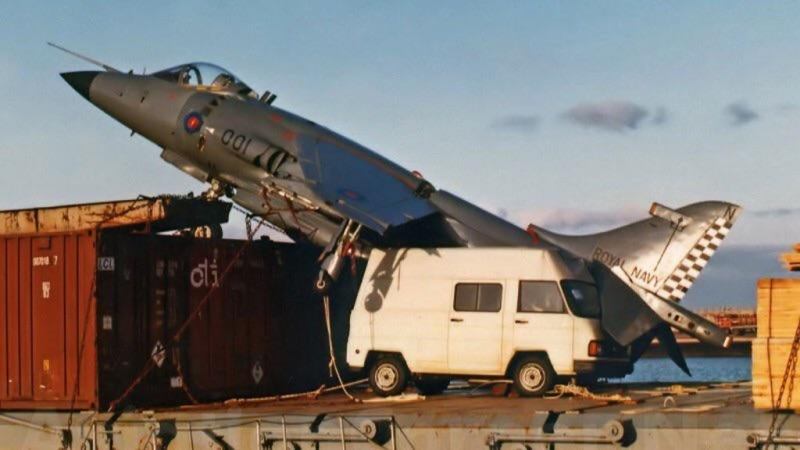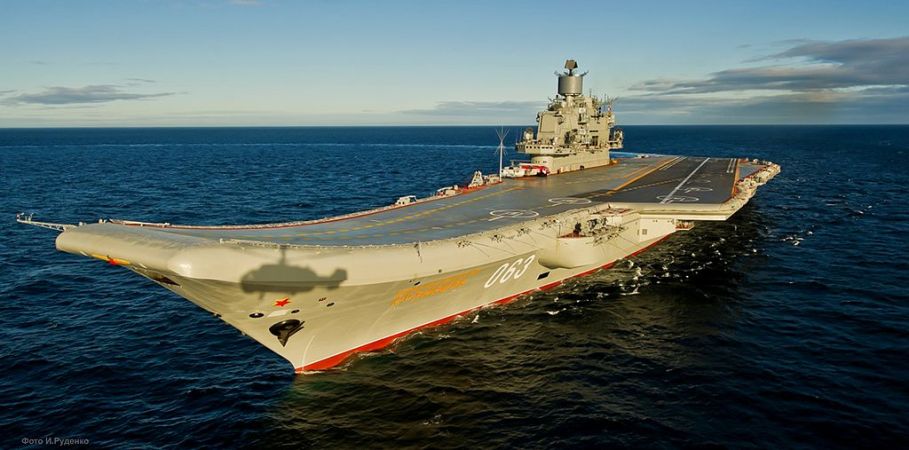Aircraft carriers are massive, floating airports that host thousands of personnel. Equipped with barber shops, post offices and convenience stores, flattops can be likened to miniature cities on the water. They even carry their own plumbing systems, water treatment facilities and electric generators. In fact, one of America’s first aircraft carriers used its generators to save Christmas.

USS Lexington (CV-2) was originally designed as a battlecruiser. However, the Washington Naval Treaty of 1922 effectively terminated all battleship and battlecruiser production. Instead, the ship was completed as an aircraft carrier and entered service in 1929. Upon delivery to the Navy, Lexington was assigned to the Pacific Fleet and sailed from Massachusetts to California.

On April 7, 1928, Lexington arrived at San Pedro, California. From her home port there, she made a high-speed run to Honolulu in June and set a record sailing time of 72 hours and 34 minutes. The ship was America’s most advanced at the time and helped the Navy prepare for the new kind of maritime combat it would see in the next war.

In January 1929, Lexington went up against her sister ship, USS Saratoga (CV-3), in Fleet Problem IX. The naval exercise saw Lexington and the Navy’s Scouting Force fail to defend the Panama Canal against an aerial attack launched by Saratoga. From this, the Navy developed and refined the carrier tactics that it would employ during WWII.

Also in 1929, Washington state experienced a severe drought that drastically lowered the water level in Lake Cushman. With low water levels, the hydroelectric generator at Cushman Dam No. 1 struggled to produce electricity. As the primary power source for the city of Tacoma, the dam reached a critical point in December 1929 when the water level dropped below the plant’s intake. Desperate, the city asked the federal government for help.

Luckily, Lexington was docked at nearby Puget Sound Naval Ship Yard in Bremerton, Washington. Directed by the federal government, the Navy sent the carrier to Tacoma and rigged heavy electric lines from the ship to the city’s power system. From December 17, 1929, to January 16, 1930, Lexington provided the city with 4,520,960 kilowatt hours that powered factories, homes, and Christmas lights.

To bring Christmas cheer to the struggling city, a Christmas tree was set up on the ship’s hangar deck. Wives of Lexington‘s officers and charity organizations in Tacoma helped to decorate it. Children were even treated to a visit from Santa who came down an aircraft elevator instead of a chimney. In January, melting snow and much-needed rain raised the water level in the lake to provide sufficient power and allowing Lexington to depart after saving Christmas in Tacoma.



